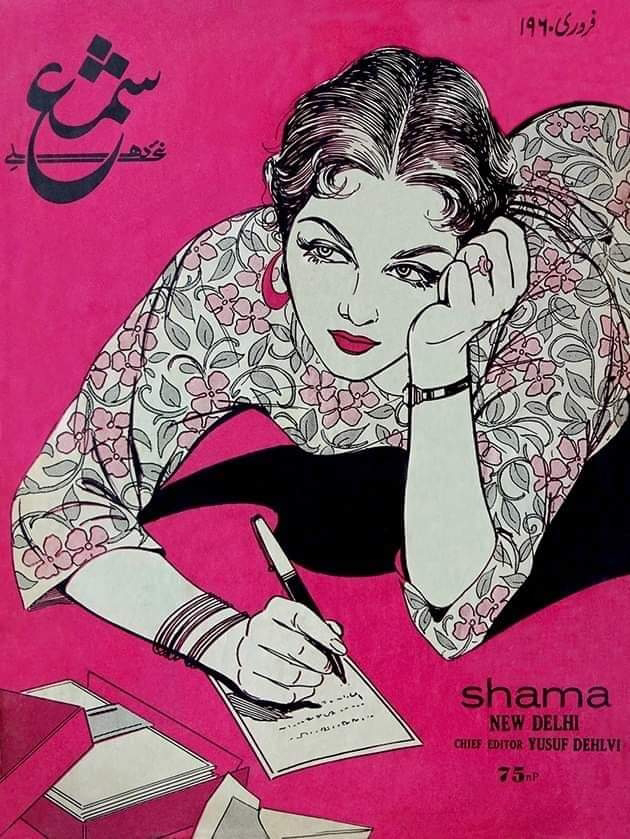Shama, an Urdu magazine published from New Delhi, held a unique place in the landscape of Indian journalism.
Shama, an Urdu magazine published from New Delhi, held a unique place in the landscape of Indian journalism. Established in September 1939 by Yusuf Dehlvi, a businessman from Delhi, Shama distinguished itself through its employment of top-tier artists, writers, and journalists. It wasn't just a premier Urdu magazine; it was regarded as one of the top magazines in India. One of its most celebrated features was the "Adabi Muamma," which added to its allure.
Initially sold for two annas per copy, Shama followed the format of other Urdu film magazines like Chitra, blending film and literary content. This combination played a significant role in its widespread popularity. Despite not being an instant success, Dehlvi's perseverance ensured the magazine's survival through challenging times. The partition of British India brought an influx of Urdu readers to India, which significantly boosted Shama's readership.
As the magazine gained popularity, Yusuf Dehlvi was joined by his three sons, Idrees, Ilyas, and Yunus. This familial collaboration contributed to the magazine's eventual success. Shama became the first Urdu magazine to achieve a circulation of 100,000 copies per month. Its popularity extended beyond India, necessitating special flights to transport copies overseas.
Shama featured contributions from renowned Urdu writers and poets such as Arzoo Lakhnavi, Firaq Gorakhpuri, Ismat Chughtai, Krishan Chander, and Jigar Moradabadi. The magazine also regularly included columns from individuals associated with the film industry, further enhancing its appeal.
In essence, Shama was more than just a magazine; it was a cultural institution that left an indelible mark on Urdu journalism and literature in India.


